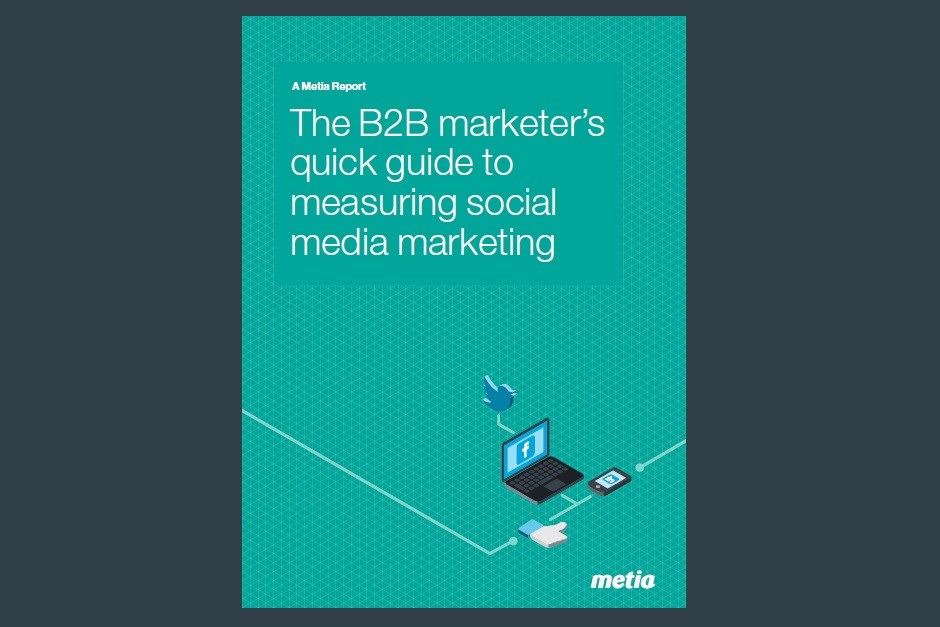The B2B marketer’s quick guide to measuring social media marketing
08 May 2017
The last few years have seen big changes in how we track marketing activity online. Advances in computing power and connectivity have enabled huge increases in the data our campaigns generate. As marketers, we know more about our customers and their behavior than ever before. In theory, we can execute more effective marketing campaigns, and we can prove – beyond doubt – that they’ve worked.
The potential for marketers is obvious, and this promise is driving huge investments in analytics. A recent survey of US CMOs found that – come 2019 – 11.1% of US marketing budgets will be spent on marketing analytics, up from 6.7% in 2016.1 Analytics is a major component of marketing spend worldwide.
Despite these advances, many marketers are still struggling to measure return on investment (ROI). A 2016 Rapt Media report found that 60% of US content marketers were unable to measure ROI on the content they produced, with 49% unable to measure content performance across channels in aggregate.2 These aren’t isolated findings. 51% of senior US marketers surveyed by The CMO Survey were unable to prove the long-term quantitative impact of their marketing spend, while nearly 1 in 5 marketers (19%) were unable to demonstrate any long-term impact at all.1
The lack of understanding is even more acute in social media, where only 11.5% of the same responders were able to prove the quantitative impact of their social media marketing spend.

It’s clear there is huge appetite for better reporting and measurement, and there is growing pressure from senior management to quantify the impact of marketing spend. While the research suggests many marketers are still operating in the dark, these days are surely numbered. An inability to demonstrate ROI in social media marketing is no longer acceptable.
To help this transition, we’ve launched a new guide for B2B marketers including practical steps to improve the effectiveness of social media reporting. Learn how to build a comprehensive reporting strategy that will demonstrate ROI for your business. Understand which tools to use, and which to avoid. Learn how to tell a Key Performance Indicator from a pointless vanity metric, and understand the challenges of converting your data into insight. Because that, after all, is the end goal of marketing analytics – generating insight that contributes to the bottom line.
If you decide to test these ideas, make sure to get in touch. This guide is based on our experiences using these platforms and tools on global programs for major brands. As such, we have a host of case studies that illustrate our points, and we would love to talk you through them.
Sources: 1.The CMO Survey; 2.Rapt Media.
Click below to download the report.
